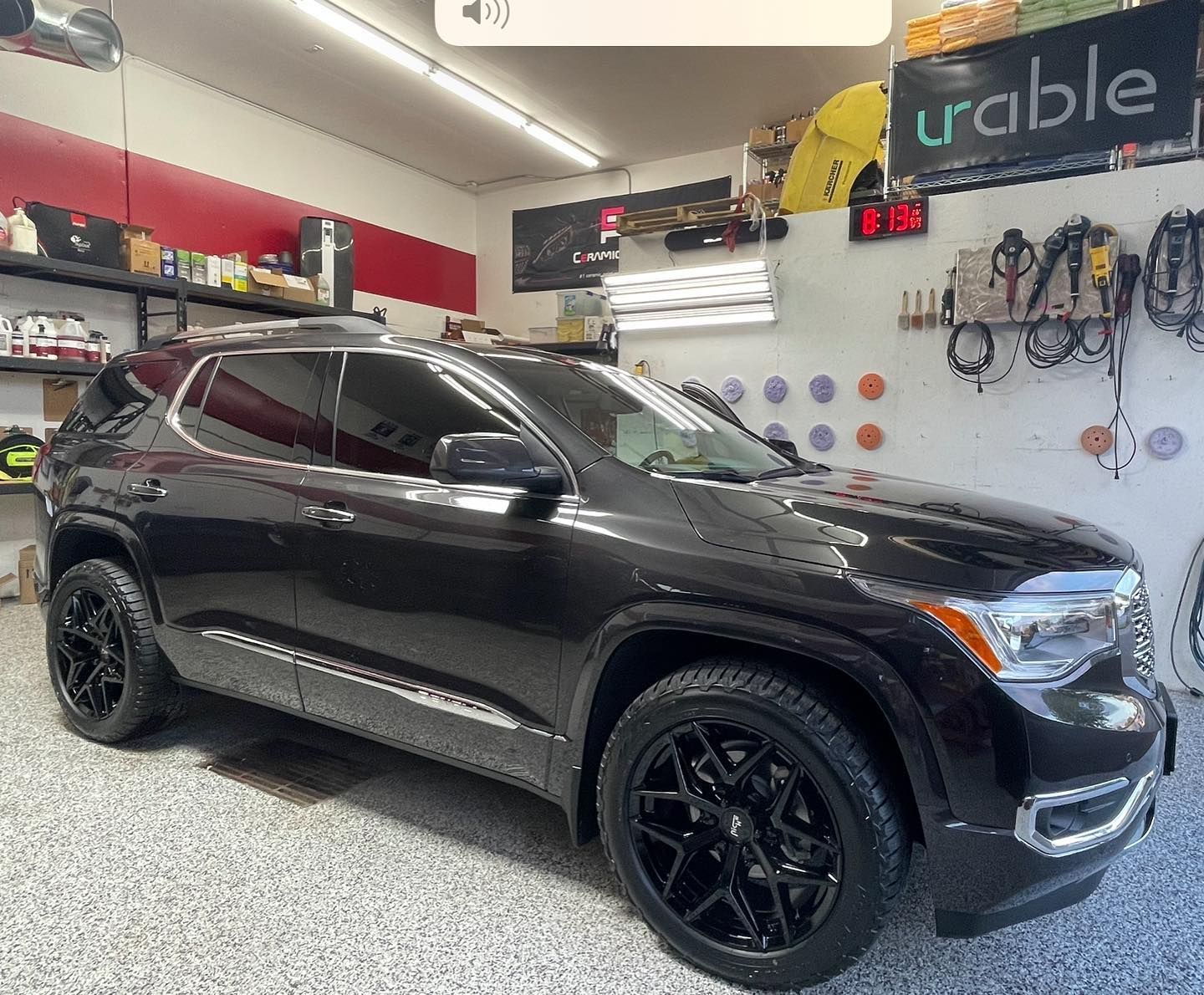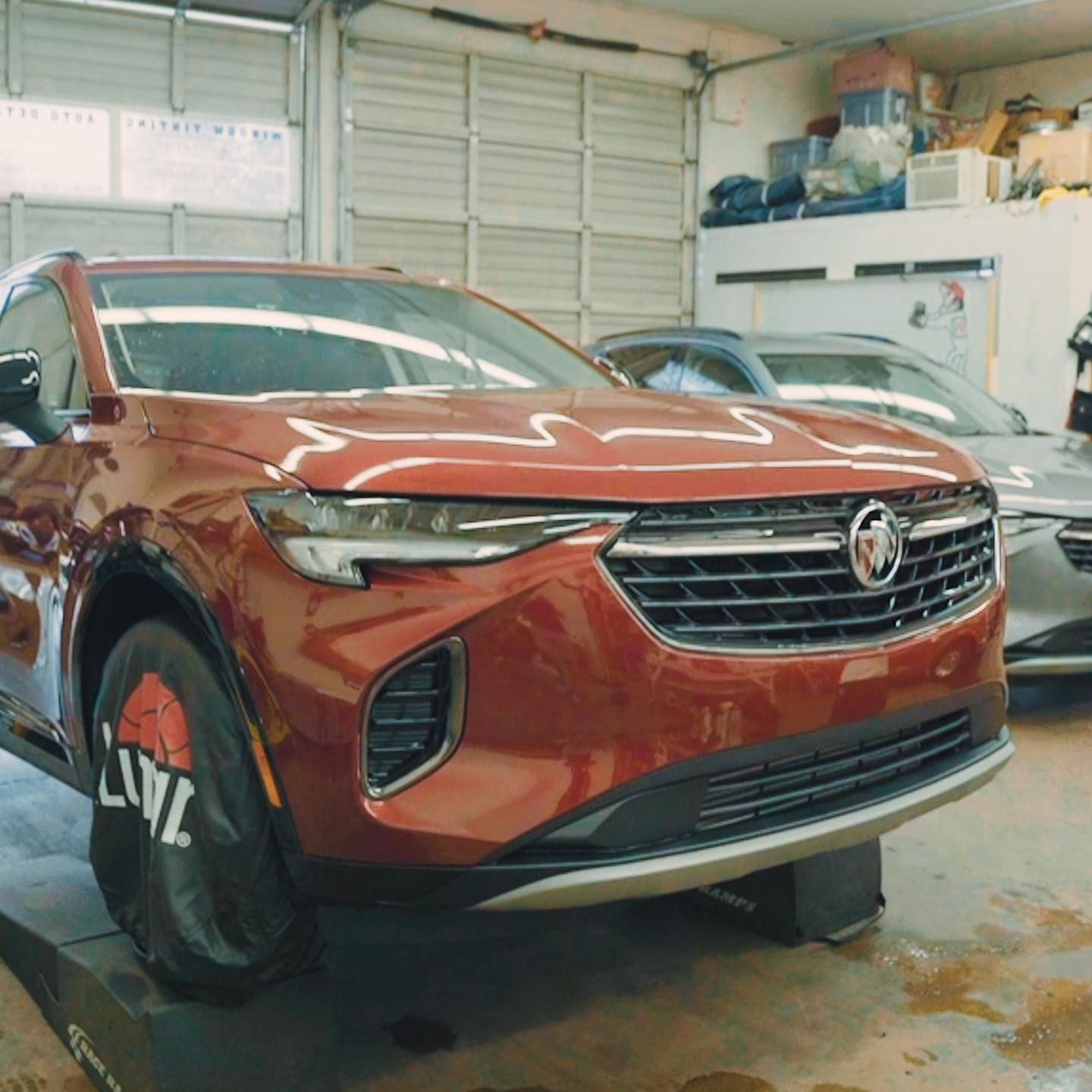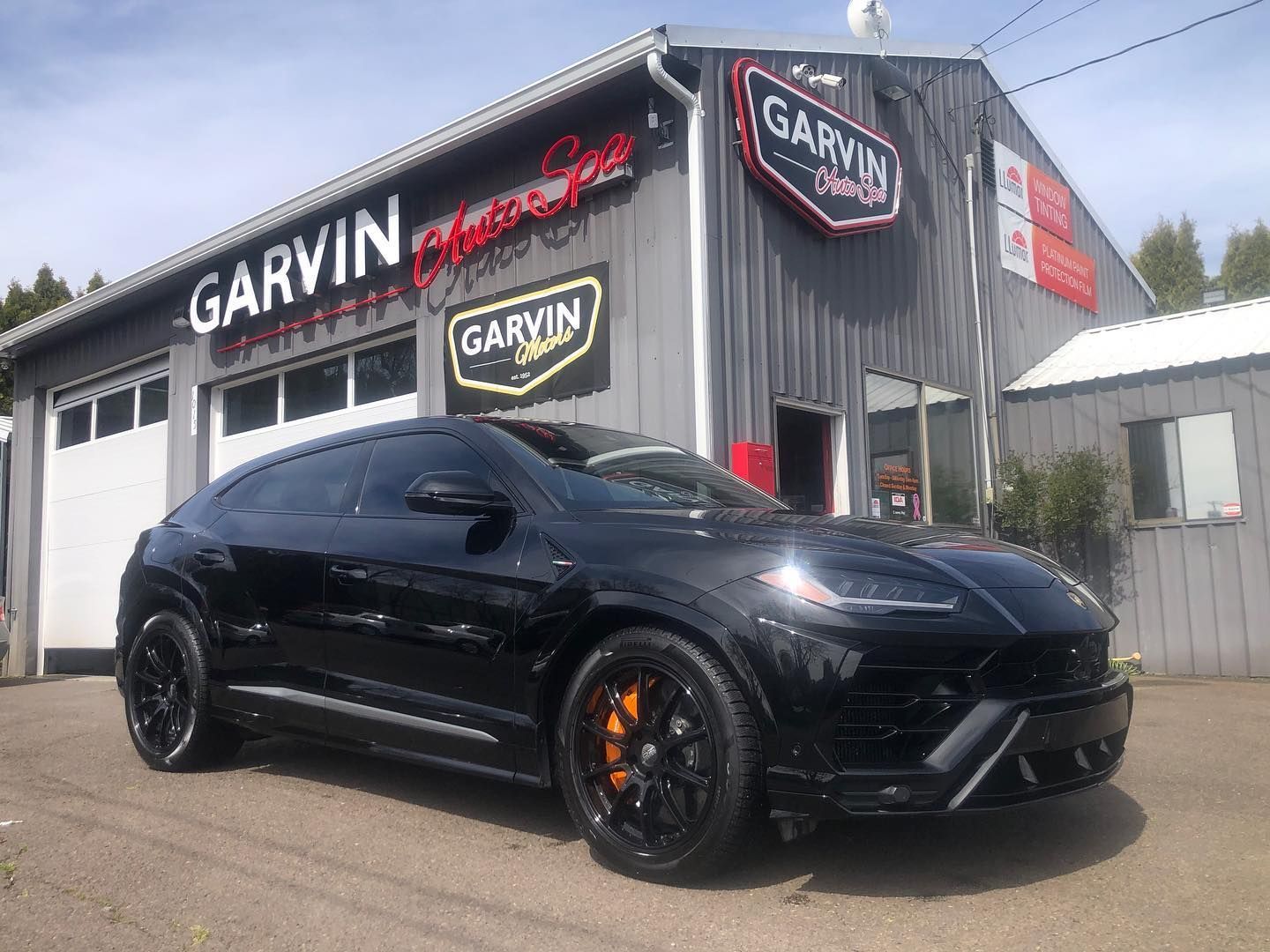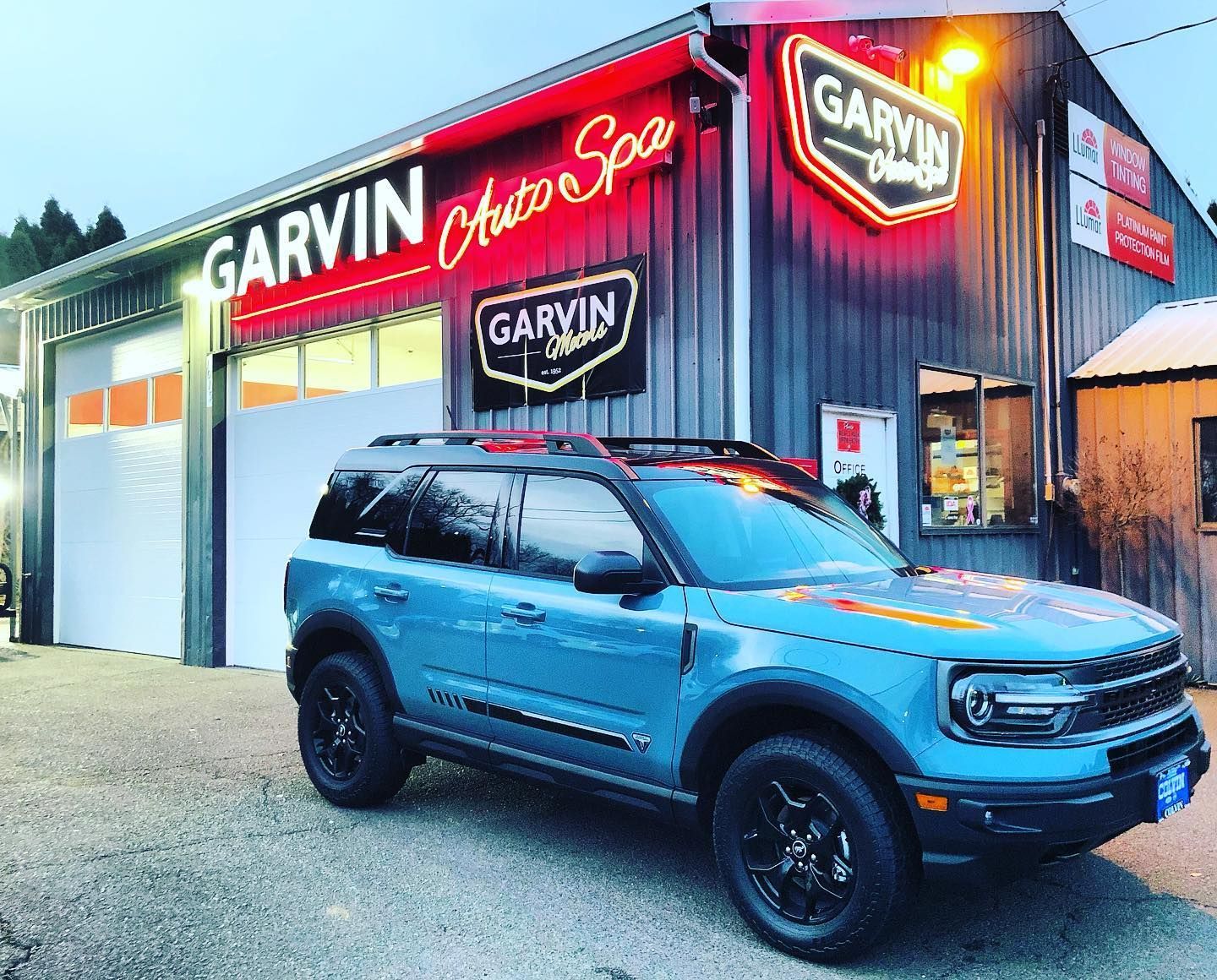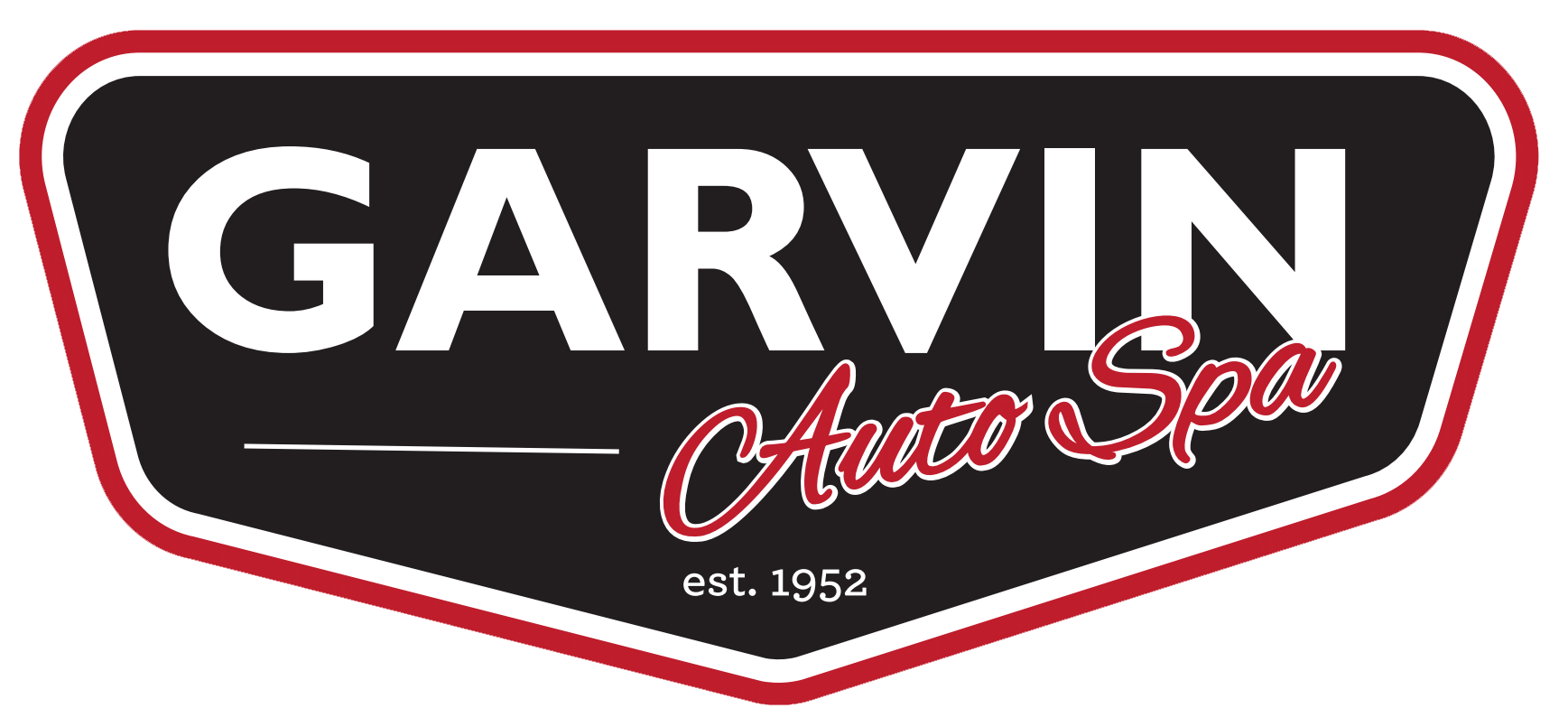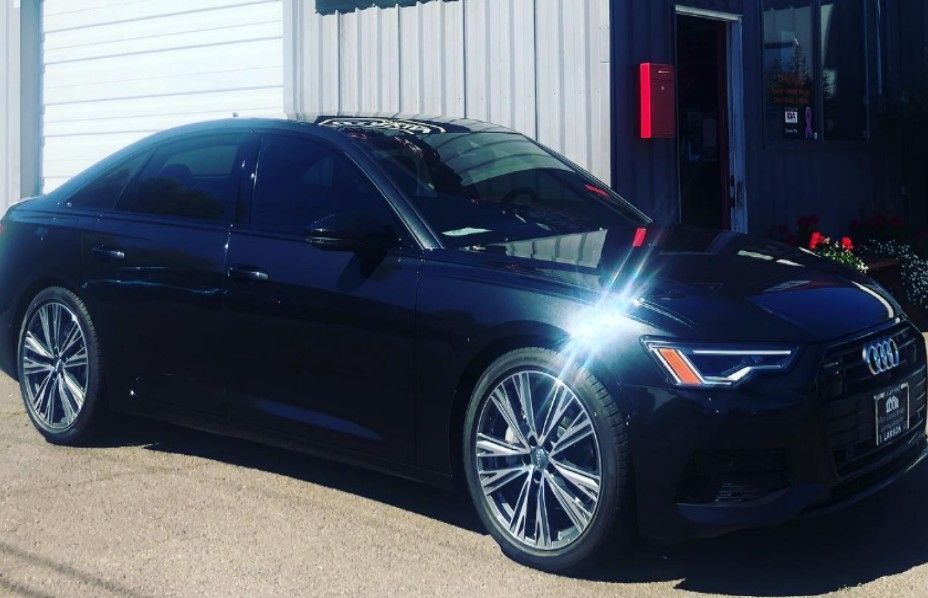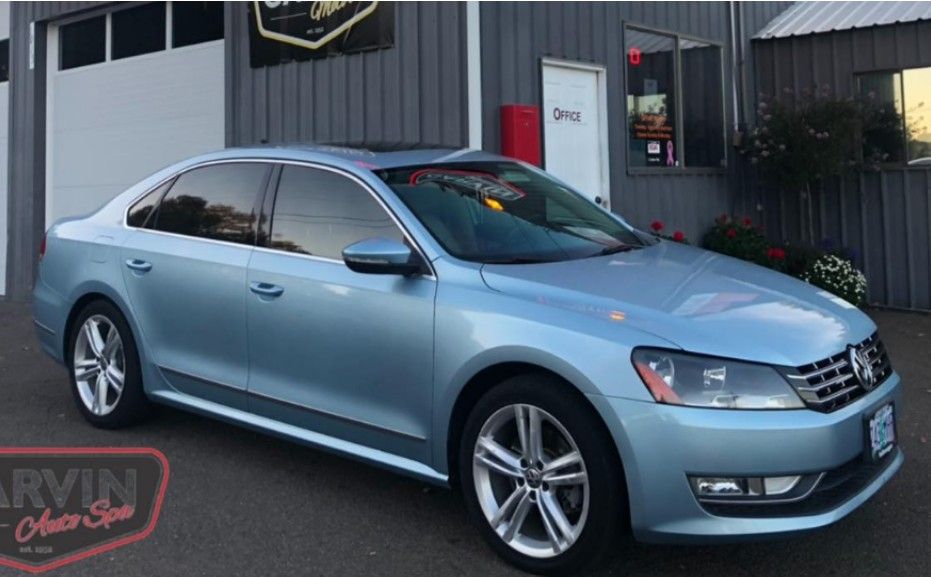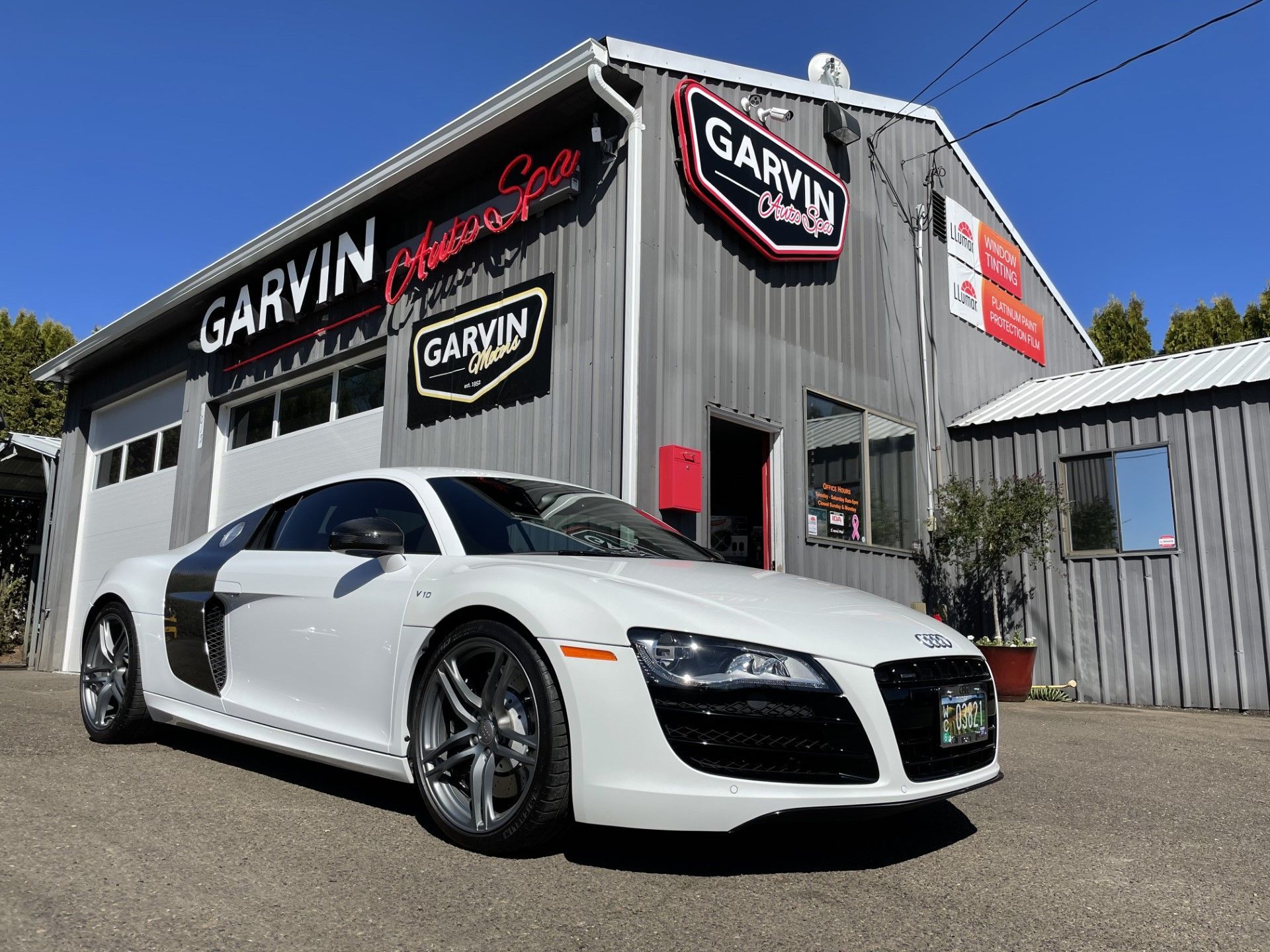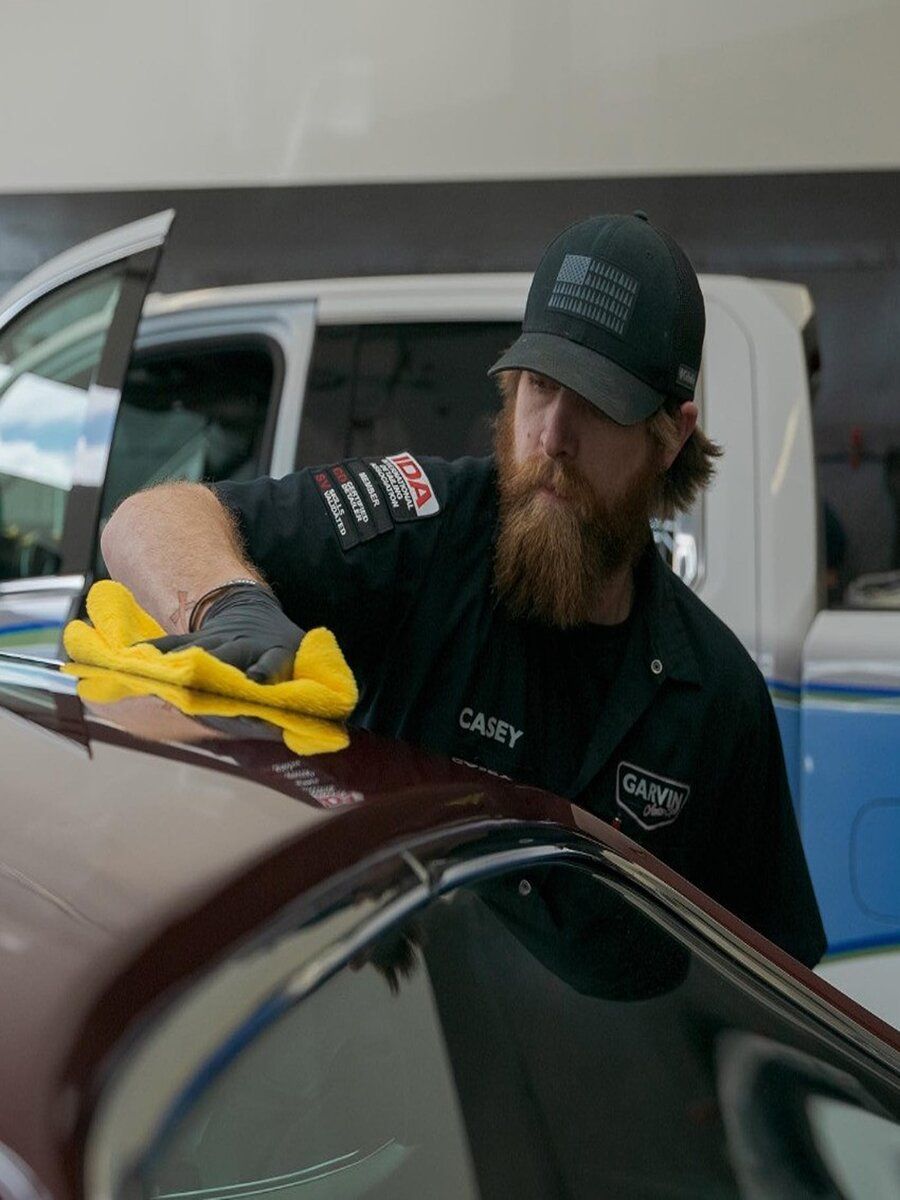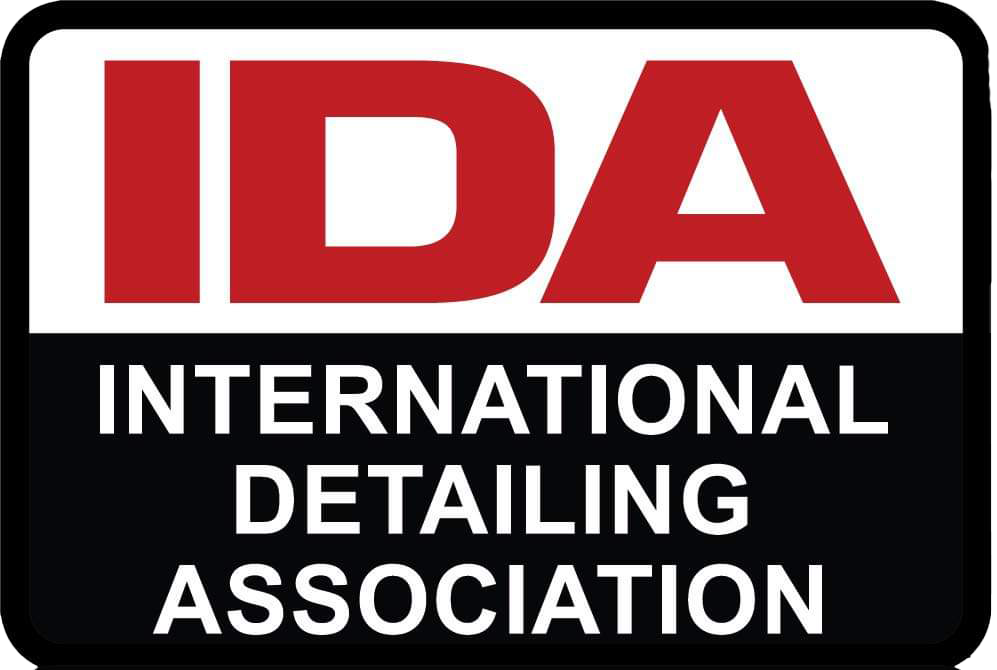Understanding Self-Healing PPF: How This Advanced Technology Protects Your Car
If you're a car owner, you probably know the constant worry of keeping your vehicle looking as good as new. Marks from pesky road debris, bird droppings, and the scorching sun can take a toll on your car's paint job. Fortunately, there's a solution that combines technology and practicality: Self-Healing Paint Protection Film (PPF). This isn't just another fancy product; it's like having an extra layer of skin that helps your car bounce back from minor damage without you lifting a finger—just some warmth from the sun or warm water, and those unsightly scratches are gone. Let’s dive deeper into the world of self-healing PPF and discover why it’s becoming a go-to choice for smart car owners everywhere.
Self-healing PPF works through an advanced elastomeric polymer that can return to its original shape after being scratched; minor scratches can disappear when heat is applied, such as from sunlight or warm water. This technology not only protects the vehicle's paint from everyday damage like rock chips and abrasions but also maintains a long-lasting shine and significantly reduces maintenance concerns.
What is Self-Healing PPF?
Self-Healing Paint Protection Film (PPF) is a remarkable innovation in automotive care. This transparent film is meticulously designed to cover your car’s painted surfaces, providing an almost invisible barrier against the rigors of everyday driving.
The magic lies in its unique composition, primarily composed of polyurethane, a polymer renowned for its elasticity and durability. When applied to your vehicle, this advanced material effectively absorbs impacts from small debris like stones or road hazards.
What really sets self-healing PPF apart are its self-repairing properties. Minor marks or imperfections can actually disappear when heat is applied. Sunlight, warm water, or even a gentle pass with a heat gun can activate the healing process, helping the film return to its original smooth state.
Prolonged exposure to the elements can lead to fading or discoloration; however, PPF works diligently to shield your vehicle from wear and tear.
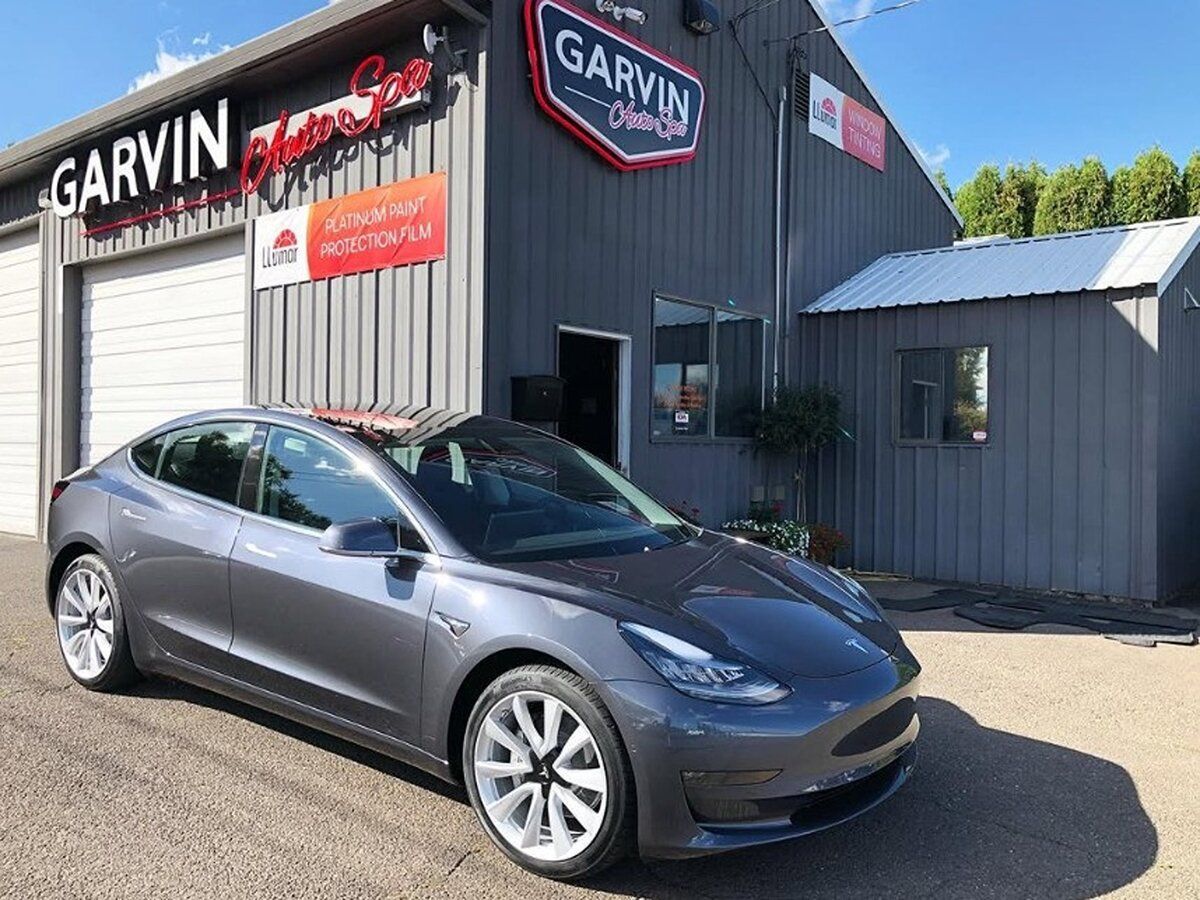
Composition and Layers
The multi-layer composition of self-healing Paint Protection Film (PPF) is not just a technical detail; it’s the foundation of its effectiveness. This intricate system allows the film to offer superior protection while retaining an aesthetically pleasing appearance. Each layer serves a specific purpose, playing a crucial role in ensuring that your vehicle remains protected from daily wear and tear.
Layers Breakdown
First up is the Adhesive Layer. This foundational component is imperative as it bonds the film securely to your vehicle's surface. What makes this layer special isn't just its strength but also its design: it grips tightly without damaging the paint beneath. The adhesive layer ensures that you can enjoy all the benefits of protection without compromising the beautiful finish of your car's paint.
Next comes the Polyurethane Core, which acts as a robust barrier against physical damage. This layer is both flexible and resilient, able to absorb impacts from small stones or minor abrasions that could otherwise mar your vehicle’s surface. Think of it like a shield; it defends against marks and dings while maintaining its shape under pressure. The core's flexibility means it can contour seamlessly over different surfaces and curves of your vehicle, providing comprehensive coverage.
Finally, we arrive at the outermost layer—the Topcoat. This is where the magic happens with its remarkable self-healing properties, thanks to special elastomeric polymers embedded within it. When exposed to heat—whether from sunlight or warm water—this topcoat has the ability to return to its original form, effectively erasing minor scratches like they never happened. It's akin to having a superpower for your car’s surface! By preventing deep-set damages, this layer ensures that your vehicle continues looking pristine for years.
How Self-Healing Technology Works
Self-healing technology is nothing short of a marvel in the world of automotive protection. At its core lies the elastomeric polymer, a unique material that possesses the astonishing ability to revert to its original form after being deformed. This is essential for the self-healing capability of Paint Protection Film (PPF), allowing it to mend minor imperfections seamlessly.
The Self-Healing Process
When the film encounters minor marks—from something as simple as a key running across its surface—the elastomeric polymers spring into action. These polymers respond directly to heat, meaning everyday sources like sunlight can trigger their healing properties effectively.
On a sunny day, when your car is parked outside, the warmth causes these polymers to rearrange themselves at a molecular level, effectively 'healing' those irritating scratches.
To facilitate this healing process further, you can utilize warm water or gentle heat from a hair dryer set on low. Applying warmth carefully over the affected area encourages even more effective healing and reduces visible damage.
The long-term implications of this technology are substantial; it keeps your vehicle looking pristine while also protecting against deeper marks and wear. This means fewer trips to the detailer for corrective measures, benefiting both your wallet and your vehicle's aesthetics.
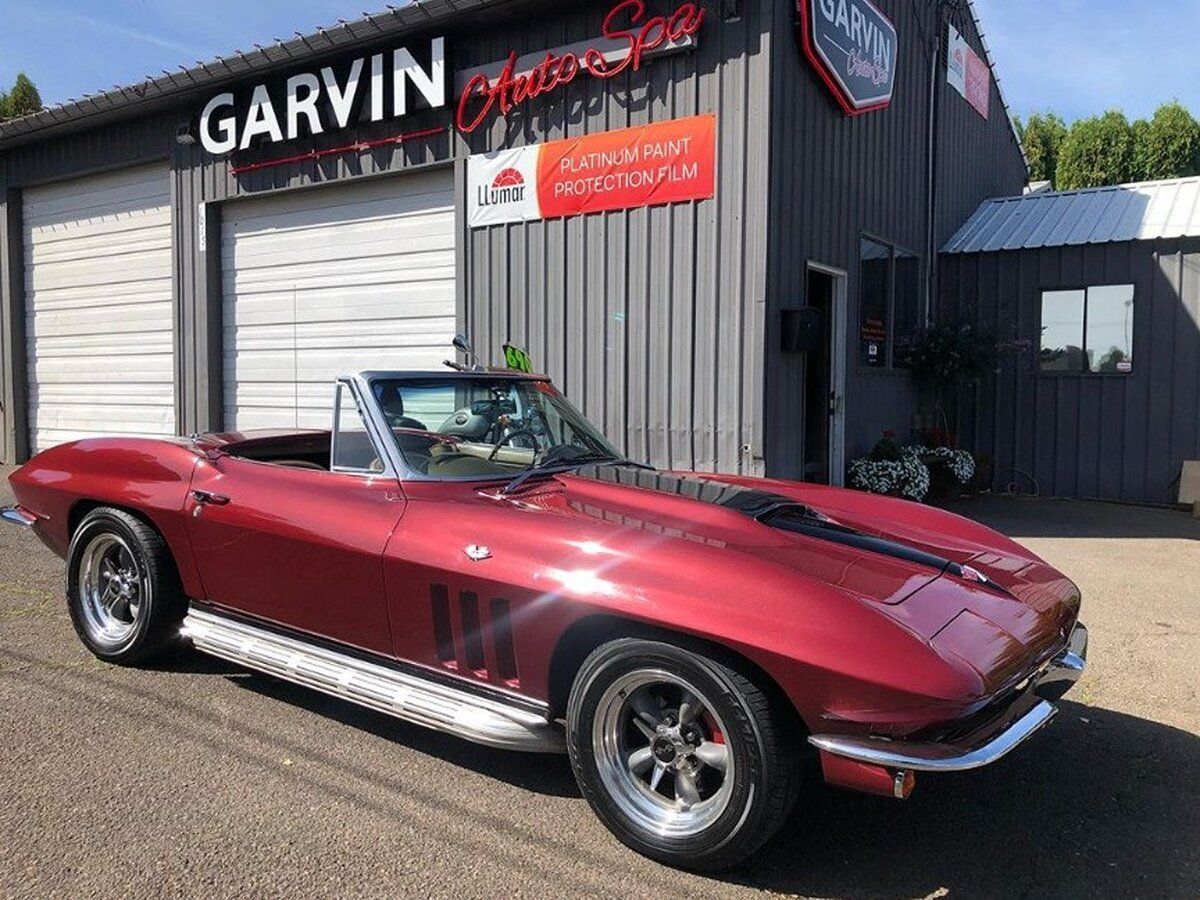
Benefits of Self-Healing PPF
One of the most compelling benefits of self-healing paint protection film (PPF) is its ability to minimize maintenance requirements. With this innovative technology, minor marks and imperfections can virtually disappear when exposed to heat from sunlight or warm water. You can drive your car with confidence, knowing that if a mark does occur, it’s likely to mend itself without any extra effort on your part.
Moving beyond aesthetics, self-healing PPF also emerges as a cost-effective solution in the larger context of vehicle care. While the initial investment may seem steep compared to traditional protection methods, consider the long-term savings. You eliminate the need for frequent touch-ups and extensive detailing sessions that often drain both your time and wallet.
Additional Benefits
Furthermore, it’s worth noting that self-healing PPF provides necessary UV protection for your car’s finish. Harmful UV rays can lead to premature fading and deterioration of paintwork over time. By effectively blocking these rays, PPF helps preserve the vibrant colors of your vehicle longer than untreated surfaces, adding another layer of value to this protective barrier.
Finally, let’s talk about ease of cleaning—a practical yet invaluable advantage. When your car is covered with self-healing film, dirt and grime don't adhere as stubbornly to surfaces. This feature translates into less scrubbing during washes and fewer products needed to maintain a spotless look.
Maintenance Tips for Paint Protection Film
Once installed, maintaining your self-healing PPF is critical for preserving its integrity. One of the simplest yet most effective practices is to wash your vehicle regularly. Utilizing gentle soap mixed with water keeps the film pristine without risking damage from harsh chemicals that might strip away its protective properties.
It's vital to avoid using acidic or alkaline cleaners that could degrade the PPF over time. Stick to products that are pH-balanced and specifically designed for automotive care.
Another fascinating benefit of self-healing PPF is its ability to mend minor marks with heat. For quick healing, pour warm water directly on the imperfection or carefully use a hairdryer set to low. The heat activates the self-healing properties of the film, causing it to return seamlessly to its original shape.
Moreover, conducting regular inspections is instrumental in spotting any signs of wear early on. By examining your PPF frequently, you can address potential issues before they escalate. Even minor problems caught early can save you from costly repairs down the line.
The Future of Protection: Self-Healing PPF from Garvin Auto Spa
Self-healing paint protection film is more than just a layer of defense—it’s cutting-edge technology that actively maintains your vehicle’s flawless appearance. By repairing minor scratches and swirl marks on its own, this advanced solution gives car owners peace of mind while preserving long-term value. At Garvin Auto Spa, we specialize in installing premium self-healing PPF with precision and care, ensuring your car looks newer for longer.
Ready to protect your car with the latest in PPF technology?
Call (503) 472-4278 today or visit us to schedule your self-healing PPF consultation with Garvin Auto Spa.
